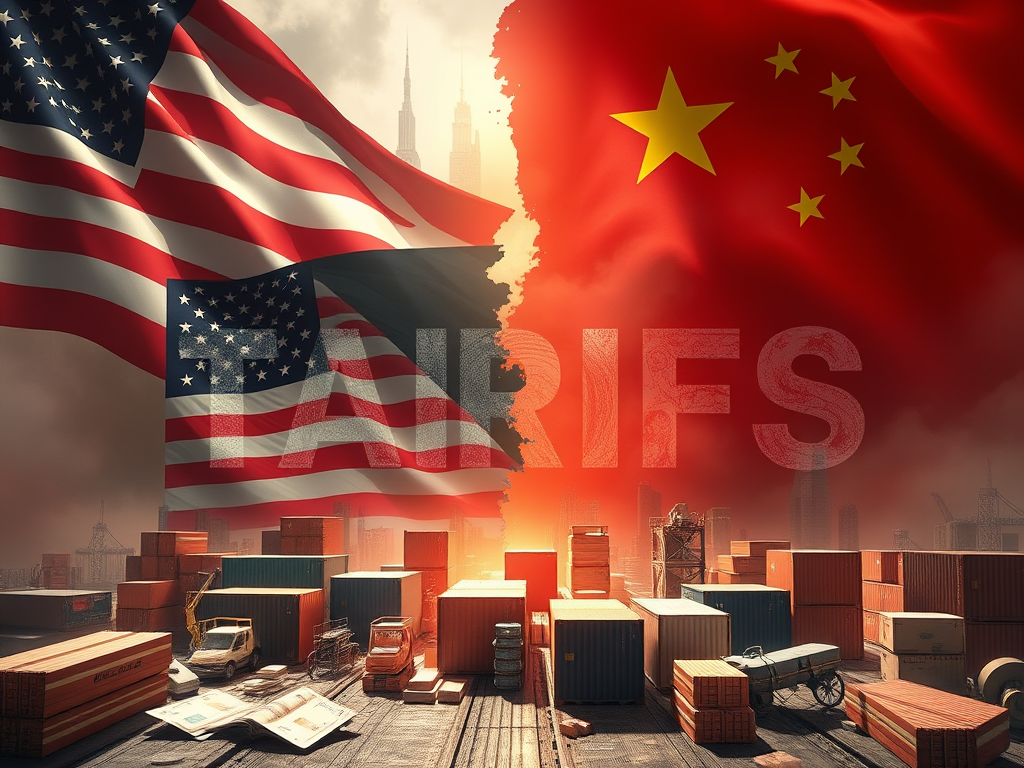President Donald Trump recently announced this additional tariff on Chinese imports in an attempt to leverage pressure on Beijing to address long-standing trade imbalances. The move has sparked outrage from Chinese officials, who have promised to retaliate with their own set of tariffs on American goods.
This escalation in the trade war between the world’s two largest economies has far-reaching implications for both countries and the global economy as a whole. The repercussions of increased tariffs on consumer goods, manufacturing costs, and overall economic growth could be significant.
Furthermore, in addition to the extra tariffs, the Trump administration has also implemented new export controls on ‘critical software’. This measure aims to restrict the export of technology deemed essential for national security, including software used in military applications, telecommunications, and infrastructure.
These export controls have the potential to impact numerous industries, from defense contractors to software developers, as they navigate the new restrictions on exporting critical technologies to China and other countries.
Overall, the implications of these recent developments in the US-China trade war are complex and wide-ranging. As businesses and consumers brace for the impact of increased tariffs and export controls, it remains to be seen how these measures will shape the future of international trade relations and global economic stability.





